|
[ UrbanRail.Net ] [ Europe ] [ Americas ] [ Asia ] [ Africa ] [ Oceania ] [ News ] [ Books ] [ Links ] |
|
LIVERPOOL
|
| England . U.K. |
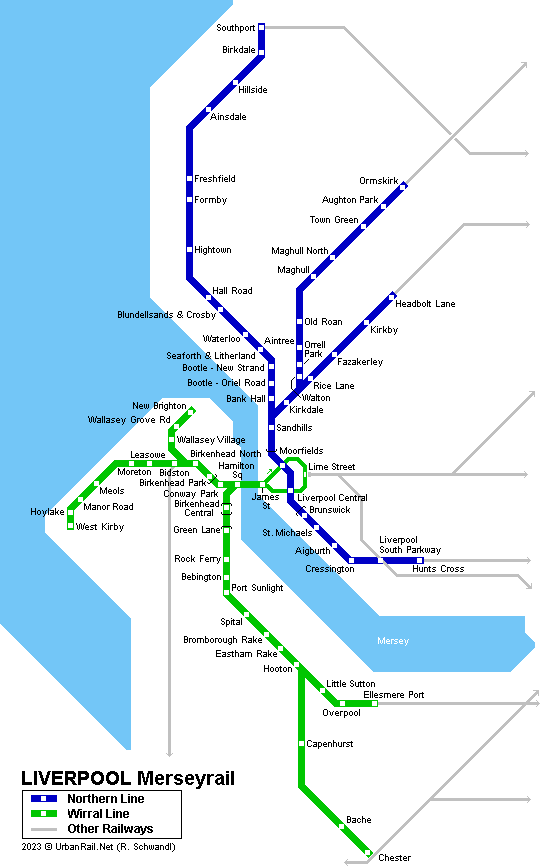
|
[ UrbanRail.Net ] [ Europe ] [ Americas ] [ Asia ] [ Africa ] [ Oceania ] [ News ] [ Books ] [ Links ] |
|
LIVERPOOL
|
| England . U.K. |

| System | |
|
Liverpool
was once the world's second and the the UK's largest seaport. The City
was also a major manufacturing hub and thrived with the industrial revolution.
Since World War II the decline of industries and shipping adversely
affected the City causing its population to drop from 850,000 in 1940
to 450,000 today. However, the metropolitan area has seen its population
increase to 1.5 million inhabitants. Liverpool,
however did have a true metro system. The congestion at the Liverpool
docks led to the construction of an elevated metro system, the Liverpool
Overhead Railway (LOR).
The LOR was the world's fourth
oldest metro and the first elevated system in Europe. The LOR was eventually abandoned in 1956 and subsequently
torn down in 1957. To find out more about the LOR click here. Merseyrail was created by combining several older electric train lines with new central city tunnels and newly built or electrified lines. The system included the Mersey Railway who built one of the world's first underwater railway tunnels (1886), which traversed the River Mersey. This railway was originally steam powered, but the underwater tunnel became filled with smoke leading to a most unpleasant ride. Originally the line went from James Street in Liverpool to Green Lane in Birkenhead. Throughout the 1800s the Mersey Railway was extended both in Birkenhead and in Liverpool, where the tunnel was extended from James Street to Central Station, Liverpool. In 1903 the line was electrified using a third rail in order to make the trip beneath the Mersey more tolerable for riders. Apart from the Mersey Railway the Lancashire & Yorkshire Railway was also electrifying its suburban routes to the north of Liverpool. The Lancashire & Yorkshire Railway also electrified using a third rail system that was compatible with the Liverpool Overhead Railway and some reciprocal services were run between the two systems. After
1938 when branches to West Kirby &
New Brighton were electrified and through routed onto the Mersey Railway into Liverpool the electrified
urban/suburban rail network of Liverpool saw no expansions until the
1970s. In the 60s plans were drawn up to create Merseyrail, using the existing and new electrified
routes, a new cross-town tunnel and a reconstructed Mersey
Railway tunnel under central Liverpool. Between
1972 and 1977 the old Mersey Railway's
tunnel was converted into a new single track circle line with trains
operating in a clockwise direction. In 1978 a new north-south tunnel
was opened connecting to the Lancashire
& Yorkshire Railway's electrified lines and was extended
south over an abandoned railway, which was reactivated and electrified.
The former Mersey Railway became
the Wirral Line of the Merseyrail
system and the Lancashire &
Yorkshire Railway became the Northern
Line. The total length of the system is 120 km of standard gauge railway electrified with 750V third rail and contains 67 stations. In 2023, a 1-station extension opened in Kirkby (Headbolt Lane) on the railway route to Wigan, which is served in battery mode with the new Stadler trains. |
|
| Photos | |
|
|
|
|
History |
|
|
1886: Mersey Railway Tunnel opens
from Green Lane - James Street 18 June
2018: Maghull North station added |
|
| Older Photos | |
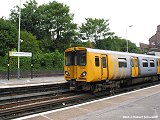
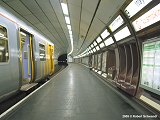
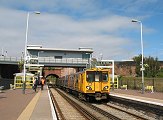
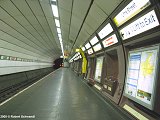
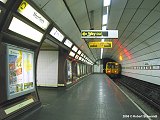
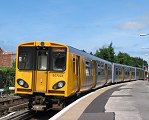 |
|
| Books | |
|
|
|
Robert Schwandl: METROS IN BRITAIN. Underground & Light Rail Networks in the U.K. - March 2006, ISBN 3936573123 More info Maund, T B: Merseyrail Electrics: The Inside Story. - 96 pages, Ian Allen Publishing Maund,
T B: The Birkenhead Railway, (LMS and GW Joint).
- 2001, 102 pages, Railway Correspondence and Travel
Society; ISBN 0901115878 |
|
| Links | |
|
MerseyTravel (Official Site) Merseyrail (Official Site) Merseyrail
at Wikipedia Liverpool Overhead Railway at UrbanRail.Net |
|
2004 © UrbanRail.Net by Robert Schwandl.